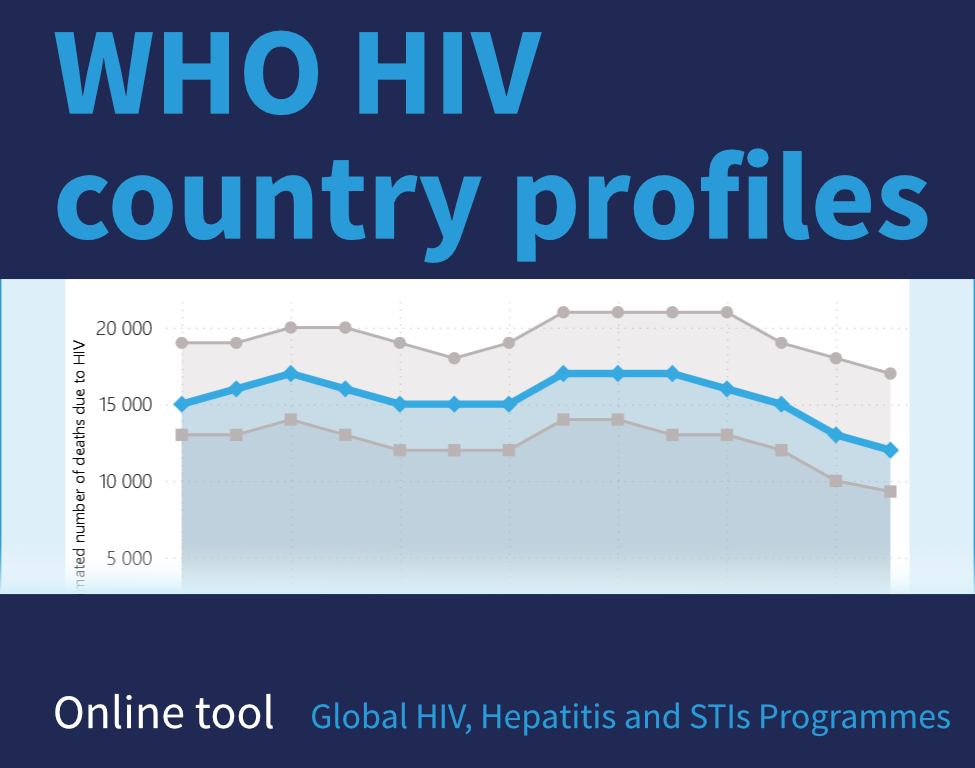/global-hiv-hepatitis-and-stis-programmes-(hhs)/hiv-epi-fact-sheet-jun-2025-thumbnail.png?sfvrsn=7278a21d_3)
HIV statistics, globally and by WHO region
Epidemiological fact sheet – July 2025 | This fact sheet provides global and regional data on the HIV epidemic; trends in people acquiring HIV and people dying from HIV-related causes; and progress towards achieving the HIV testing, treatment and viral load suppression cascades targets.

/global-hiv-hepatitis-and-stis-programmes-(hhs)/summary-of-the-global-hiv-epidemic--2024.tmb-1920v.png?sfvrsn=50c850cb_1)
/global-hiv-hepatitis-and-stis-programmes-(hhs)/global-trends-in-people-acquiring-hiv-and-people-dying-from-hiv-related-causes-1990-2024.tmb-1920v.png?sfvrsn=11b61dc1_1)
/global-hiv-hepatitis-and-stis-programmes-(hhs)/progress-towards-achieving-the-hiv-testing-treatment-and-viral-load-suppression-cascade-2024.tmb-1920v.png?sfvrsn=41ff8592_1)
/global-hiv-hepatitis-and-stis-programmes-(hhs)/accountability-ghss-design-arrows.png?sfvrsn=284936b7_4)
/global-hiv-hepatitis-and-stis-programmes-(hhs)/hiv-estimates_2025.png?sfvrsn=7c8e22dc_3)
/global-hiv-hepatitis-and-stis-programmes-(hhs)/hiv-policy-adoption_card.png?sfvrsn=7e1454ce_3)
